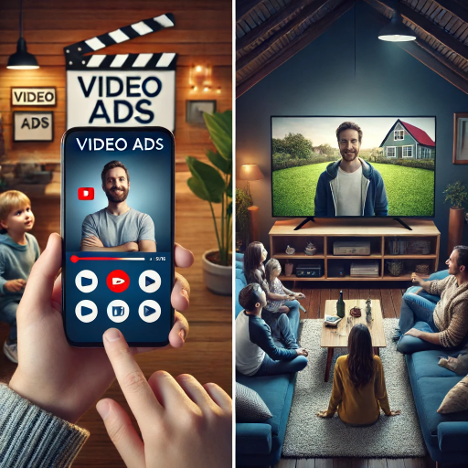Video Ads Vs. TV Commercials
June 5, 2024 | 4 min read


250 West 90th St, 15th Floor, New York, NY 10024
Indigo Productions, LLC is a New York limited liability company.
Cancellation Policy – Privacy Policy – Hiring Policy – Powered by Mimvi
© 2024 – 2034 Indigo Productions
Indigo Productions, LLC is a New York limited liability company.
© 2024 – 2034 Indigo Productions
Please fill out this form – we’ll get back to you right away!
We respect your privacy and will NEVER share your contact info
You can also email us at info@indigoprod.com or call 212-765-5224
"*" indicates required fields